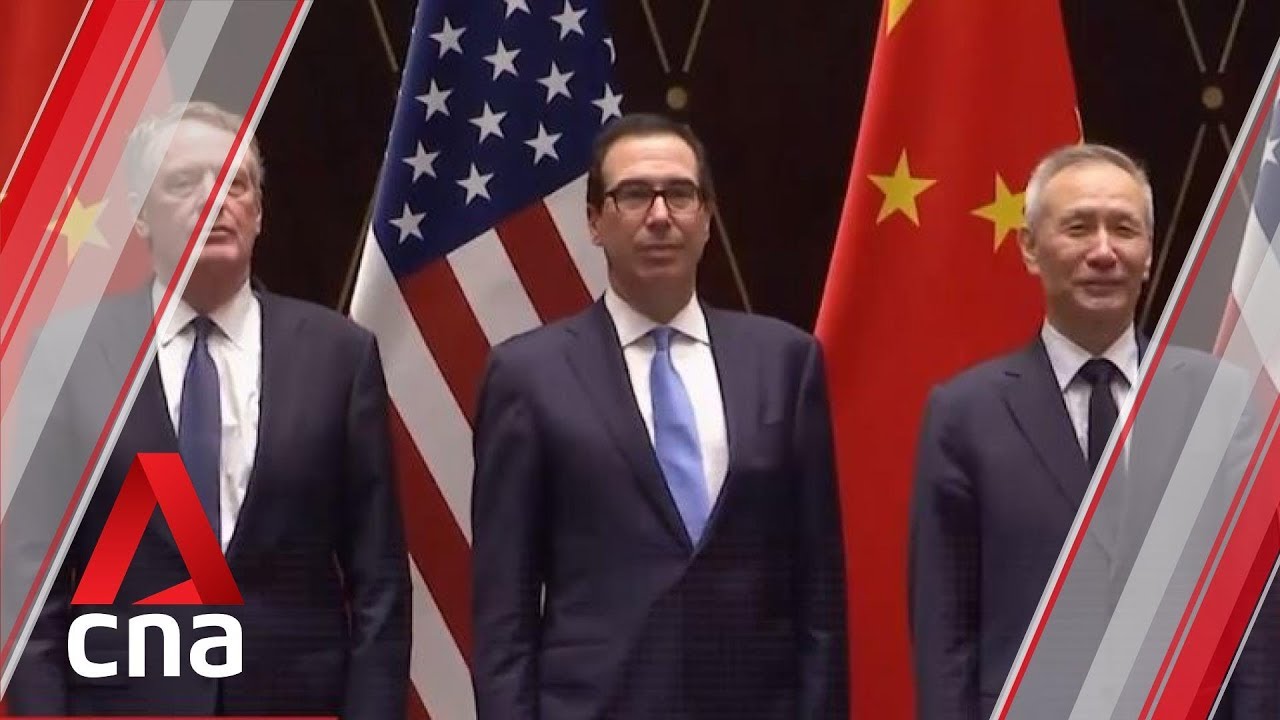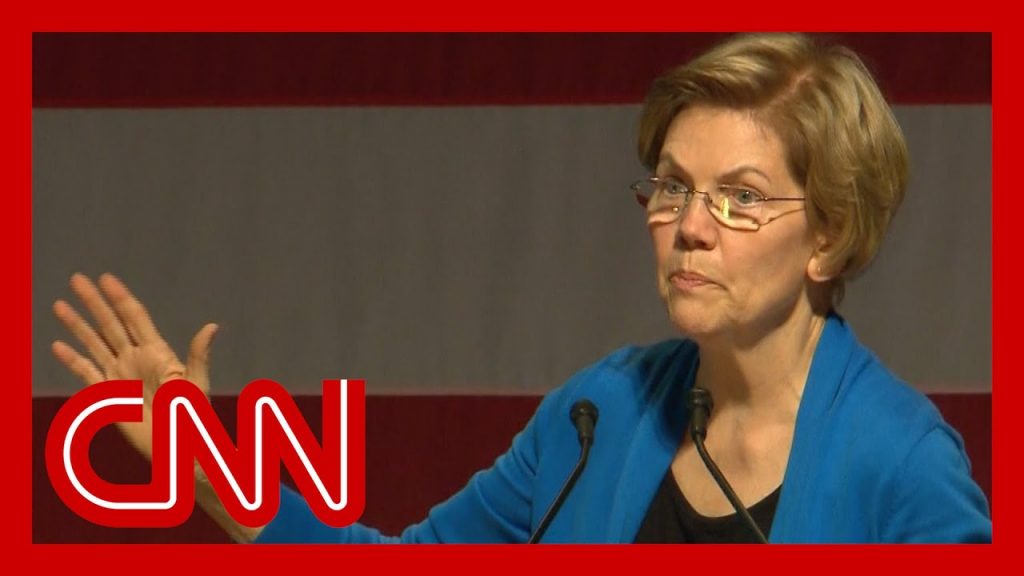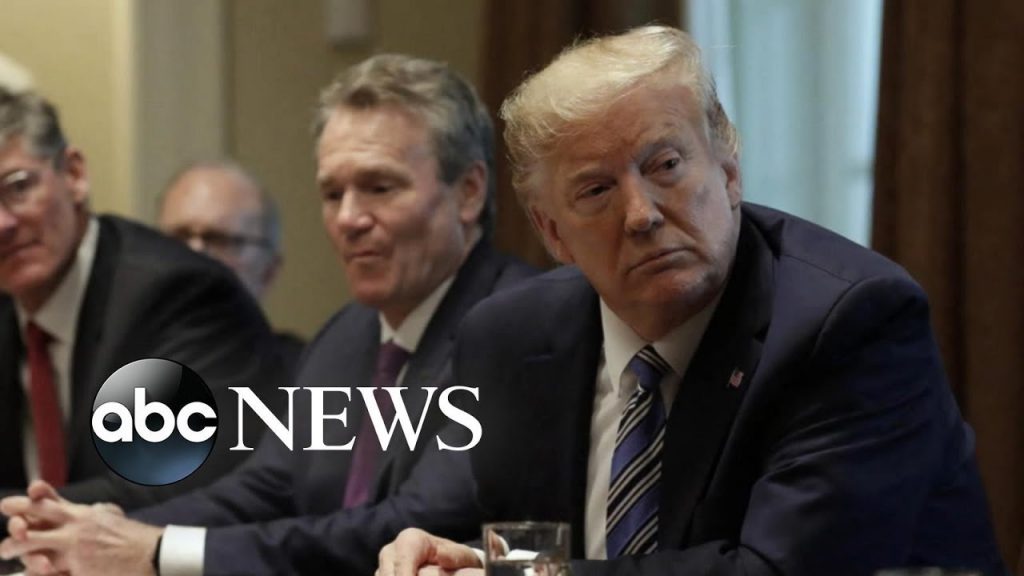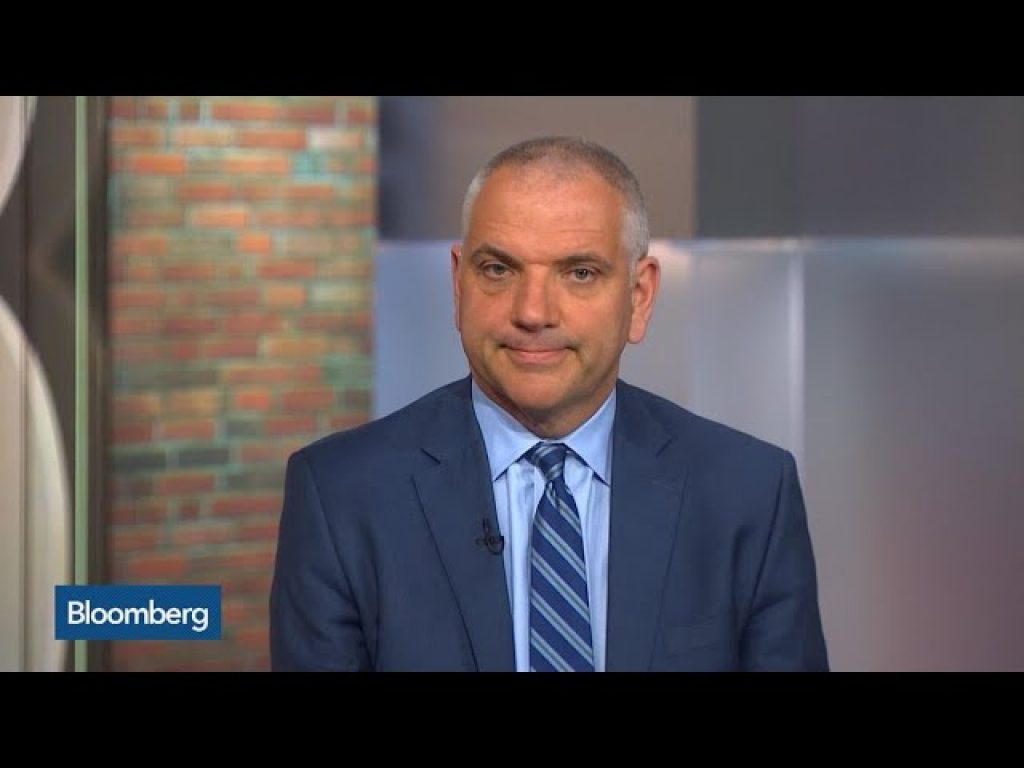China accuses US of flip-flopping in trade negotiations

Top US and Chinese trade officials have concluded talks in Shanghai on July 31, as China’s foreign ministry blames the US for flip-flopping in negotiations over the past year.
The closed-door meeting, which ended after about four hours, is the first face-to-face talks between both sides after a hiatus of nearly three-months. US Trade Representative Robert Lighthizer and Treasury Secretary Steven Mnuchin also posed for a group photo with Chinese Vice-Premier Liu He before the US team left for the airport.
What are the key issues that are causing tensions in the ongoing trade dispute between China and the United States?
The ongoing trade negotiations between China and the United States have hit another rough patch, with Beijing accusing Washington of flip-flopping on key issues. The latest accusations came after President Donald Trump threatened to raise tariffs on $200 billion worth of Chinese goods, reversing his earlier decision to delay the increase.
In a statement, the Chinese Ministry of Commerce said the U.S. move violated the spirit of the negotiations, and accused Washington of “capriciousness, inconsistency and bullying.” The statement also accused the U.S. of failing to fulfill commitments made during earlier talks.
The latest round of talks between China and the U.S. began in December, and both sides have said they are working towards a resolution of the ongoing trade dispute. The dispute began in July 2018 when the U.S. imposed tariffs on Chinese goods worth $34 billion, a move that triggered a retaliatory response from Beijing.
Since then, the two sides have engaged in a series of tit-for-tat measures, with Washington levying tariffs on a total of $250 billion worth of Chinese goods, and Beijing responding with tariffs on $110 billion worth of American goods.
Despite the talks, tensions have remained high, with both sides accusing the other of taking a hard line. The U.S. has insisted that China must make fundamental changes to its trade practices, including ending the theft of intellectual property, while Beijing has said it will not back down in the face of what it sees as U.S. aggression.
The accusations of flip-flopping are the latest in a series of twists and turns in the negotiations. In November, officials from both sides announced a temporary truce in the dispute, with Washington agreeing to delay a planned increase in tariffs in return for Chinese commitments to buy more American goods.
However, since then, the two sides have struggled to reach an agreement on key issues, with Trump accusing China of dragging its feet in the talks. Beijing, for its part, has accused Washington of trying to impose its will on China.
The latest developments will make it harder for the two sides to reach a resolution, and further raise the stakes of the trade war. While both sides have said they are committed to reaching an agreement, the accusations of flip-flopping will only add to the growing sense of uncertainty and distrust.
As the negotiations drag on, the impact of the trade war is being felt in both countries, with businesses and consumers on both sides suffering. The U.S. has seen a decline in exports, while China’s economy has slowed down.
The latest round of talks between China and the U.S. is scheduled for early February, with both sides hoping to make progress towards an agreement. The stakes are high, and the accusations of flip-flopping only highlight the difficulties that lie ahead. It remains to be seen whether the two sides can overcome their differences and reach a resolution that is acceptable to both.









British PM Johnson says it was still too risky to relax coronavirus lockdown yet
Congresswoman Alexandria Ocasio-Cortez Demands Impeachment of Supreme Court Justice Clarence Thomas
Infection rates continue to rise in India and Latin America
3 Top Health Officials Self-Isolate After Coronavirus Cases Inside White House
Delta COVID-19 strain puzzling authorities | Australia